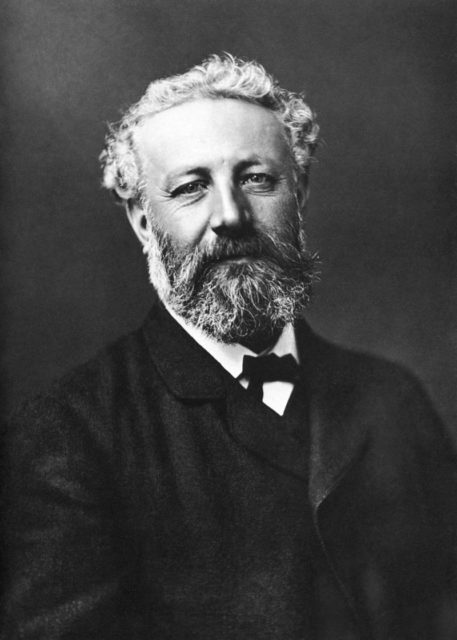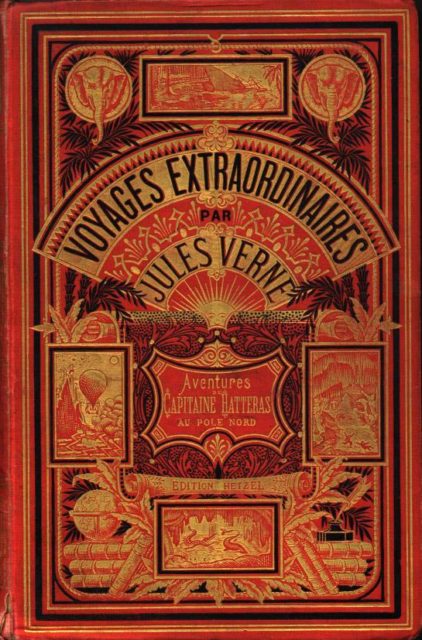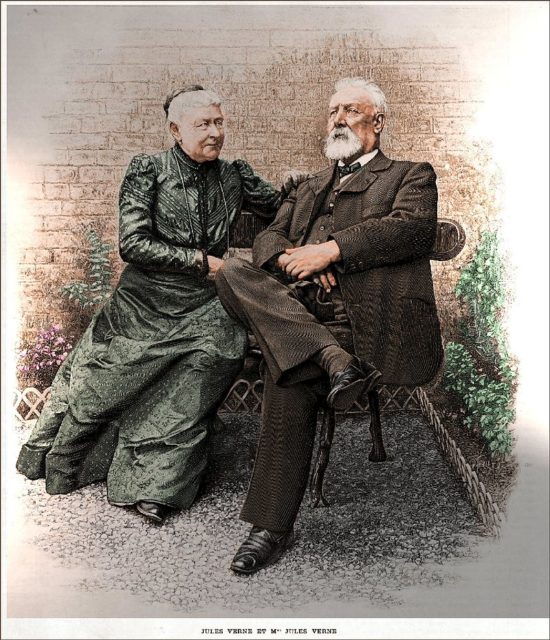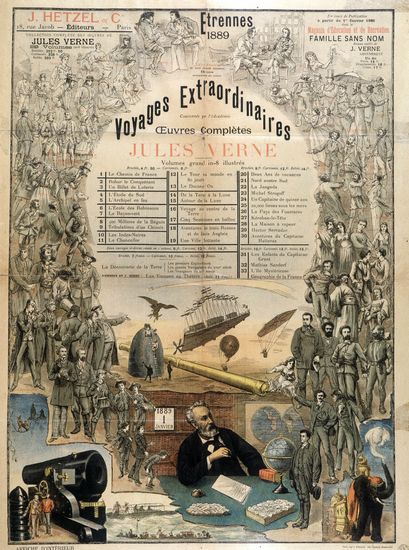Jules Verne was a prominent 19th-century French writer, poet, and playwright who is best known as the father of the adventure genre.
His world-renowned novels, including “Around the World in Eighty Days” and “Twenty Thousand Leagues Under the Sea,” depict detailed and ethereal journeys and an exploration of mystical and uncharted territories.

Since the 1970s Verne has held the title of the second most translated writer in the world, following Agatha Christie. In France, Verne’s works are praised in academic circles and considered as important landmarks of the literary canon which inspired the avant-garde movement of surrealism.
In the rest of the world, he is seen mostly as a genre-specific writer and a writer of children’s books: the reason for this seems to be that translators throughout the world greatly simplified the originally complex language of his works. Still, Verne’s narratives inspired the rapid development of science-fiction and fantasy genres in the 20th century, and his characters, including Captain Nemo and Phileas Fogg, continue to inspire readers and artists worldwide.

A popular legend from the early 20th century stated that an incident inspired Verne’s adventure novels. Allegedly, at the age of 11, Verne secretly boarded a French ship named Coralie which was to set sail towards the Indies.
Fortunately, his father arrived at the docks just before the ship departed and caught him, and made him promise that he would travel only in his imagination. The legend proved to be a mere publicity stunt concocted by his first biographer, his niece, Marguerite Allote de la Füye.

However, Verne’s writings were partially inspired by a real shipping incident. Namely, in 1834, when he was six years old, he attended a boarding school in his hometown Nantes.
His teacher was Madame Sambine, who frequently told the story of her husband, a ship captain who had disappeared 30 years before. While telling the story, Madame Sabine often pointed out that her husband was still alive and stranded on a deserted island somewhere in the ocean, like Daniel Defoe’s Robinson Crusoe, and that he would return to France once someone finds him.

The personal tragedy of Madame Sabine significantly affected Verne’s imagination, and he was inspired by Robinsonic themes throughout his life.
The sad fate of Madame Sabine’s unfortunate husband and her eternal hope of his return fueled many of his writings: many of them present tales of people lost in the uncharted territories and expeditions of their loved ones who roam the world determined to find them and bring them home.
